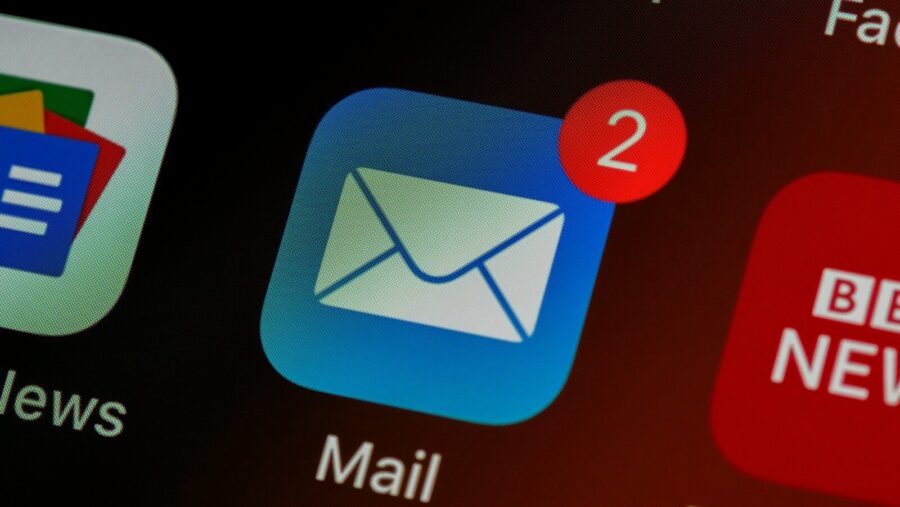Email subscribers are one of the most valuable assets to your organisation, since they have actively opted for your updates to go straight to their inbox.
As a result, email marketing remains an incredibly powerful tool within any marketing or sales strategy, with its potential to encourage your audiences to take a desired action and ultimately, convert.
However, ensuring that readers take the next step beyond simply reading an email is not always so easy. In 2024, the global open rate for email marketing was 36.5%, with the click rate being even lower at a mere 1.4%. Whether you’re asking your audience to sign up for a course, register for a webinar, or read your latest blog post, how can your email cut through the noise in people’s inboxes?
From our experience with our clients, the key lies not only in the copy, but in various aspects, from robust email database management all the way through to email design. Below are our top five tips to writing emails that actually convert audiences:
Grab their attention: Subject lines
As people scan through their inbox, only those subject lines that stand out will encourage them to open an email in the first place. A punchy subject line of 35 characters or less is recommended to capture their attention.
Subject lines need to communicate your main message at a glance, without giving too much away. You want to give readers a reason to open it, after all! An example of a concise subject line might be: “Learn how to deliver talks”. At the other end of the spectrum, something like “You don’t want to miss this” is probably too vague and will leave the email unopened.
Understand your target audience: Relevancy
Before you even start to write your email, you need to understand your audience. For example, if you know that one segment of your audience is interested in tennis, you probably wouldn’t send them an email about the launch of a new sofa range. A very well targeted email that has content relevant to its audience is known as covert personalisation, and is sometimes more effective than overt personalisation, or, using someone’s name to personalise the email salutation (Hi Gemma!).
By demonstrating in the first few lines that you understand your audience’s needs, pain points, or interests, you will be building a greater connection, earning their trust, and improving open rates, all of which will ultimately lead to more conversions.
Readability
When it comes to email, readability and scannability are key to holding the attention of your audience. Keep it simple – one sentence per paragraph is enough! You can do this by writing what you want to include, and then cutting it in half to make it shorter and punchier. If your audience is international, where many speak English as second language, remember to write in clear and simple language that translates.
When it comes to email layout, clean and simple is often best. Too many images can delay loading times, which can, in turn, put readers off before they have had the chance to take any action. It is also worth ensuring that key information is included in the actual copy of the email, rather than superimposed in a header image, which may not always display in email browsers.
Encourage a response: Clear call to action
All emails should come with a clear call to action to encourage the audience to take your desired action and convert. Be specific and strategic: one or two calls to action per email are enough.
Instead of writing ‘register for the webinar now’ or ‘download this e-book’, get creative and think of them instead as a call to value. What will your reader get out of hitting that button? This could be: “Learn six ways to reduce stress” or “Explore how you can develop your career”.
Keep in mind that more often than not, one email may not be enough to convert your audience. Emails often form part of a bigger marketing or sales strategy and may be just one way that organisations communicate with their audience.
Something to finish: Make it easy to unsubscribe
Every organisation should make it as easy as possible for readers to unsubscribe, should they wish. Use an easy to read font and colour, and make it a one click process. While this may seem counter-intuitive to increasing conversion rates, over time, this will help to ensure that email providers, such as Yahoo or Outlook, view your emails as those that audiences actually want to receive. This will help to reduce the possibility of your emails being marked as spam, and increase the overall deliverability of your emails.


 Whether you want to learn how to use LinkedIn, X or Facebook for marketing, or need to brush up on business skills like leadership, presentation skills or managing meetings, you will find something to enhance your professional skills with these on-demand courses.
Whether you want to learn how to use LinkedIn, X or Facebook for marketing, or need to brush up on business skills like leadership, presentation skills or managing meetings, you will find something to enhance your professional skills with these on-demand courses.